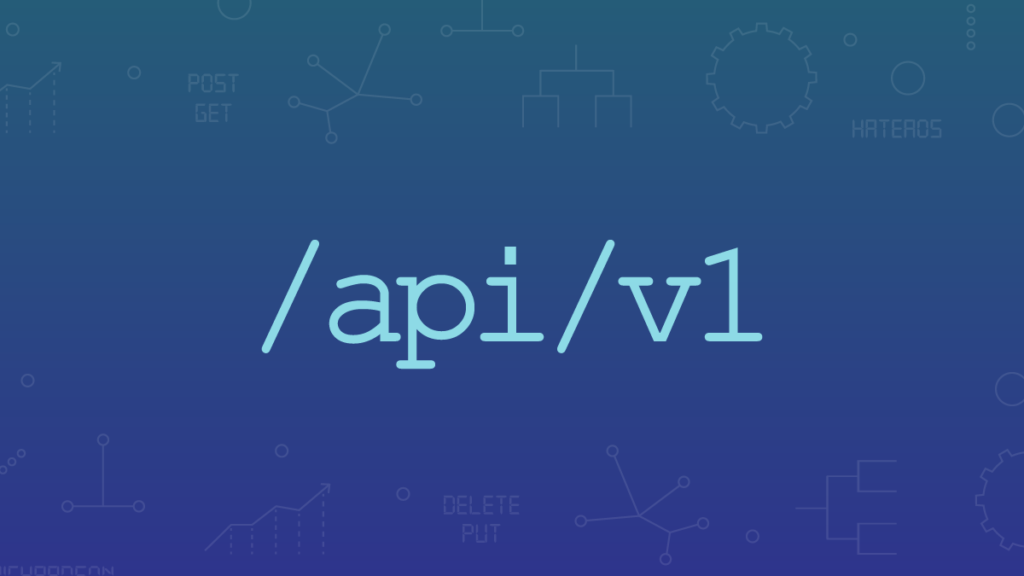To manage this complexity, version your API. Versioning helps us to iterate faster when the needed changes are identified in the APIs.
Change in an API is inevitable as our knowledge and experience of a system improve. Managing the impact of this change can be quite a challenge when it threatens to break existing client integration.
1. When to version?
APIs only need to be up-versioned when a breaking change is made.
Breaking changes include:
- a change in the format of the response data for one or more calls
- a change in the request or response type (i.e. changing an integer to a float)
- removing any part of the API.
Breaking changes should always result in a change to the major version number for an API or content response type.
Non-breaking changes, such as adding new endpoints or new response parameters, do not require a change to the major version number.
However, it can be helpful to track the minor versions of APIs when changes are made to support customers who may be receiving cached versions of data or might be experiencing other API issues.
2. How to version a REST API?
REST doesn’t provide for any specific versioning guidelines, but the more commonly used approaches fall into three categories:
2.1. URI Versioning
Using the URI is the most straightforward approach (and most commonly used as well) though it does violate the principle that a URI should refer to a unique resource. You are also guaranteed to break client integration when a version is updated.
http://api.example.com/v1
http://apiv1.example.comThe version need not be numeric, nor specified using the “v[x]” syntax.
Alternatives include dates, project names, seasons, or other identifiers that are meaningful enough to the team producing the APIs and flexible enough to change as the versions change.
2.2. Versioning using Custom Request Header
A custom header (e.g. Accept-version) allows you to preserve your URIs between versions though it is effectively a duplicate of the content negotiation behavior implemented by the existing Accept header.
Accept-version: v1
Accept-version: v22.3. Versioning using “Accept” header
Content negotiation may let you preserve a clean set of URLs, but you still have to deal with the complexity of serving different versions of content somewhere.
This burden tends to be moved up the stack to your API controllers which become responsible for figuring out which version of a resource to send.
The result tends to be a more complex API as clients have to know which headers to specify before requesting a resource.
Accept: application/vnd.example.v1+json
Accept: application/vnd.example+json;version=1.0In the real world, an API is never going to be completely stable. So it’s important how this change is managed.
A well-documented and gradual deprecation of API can be an acceptable practice for most APIs.

Comments